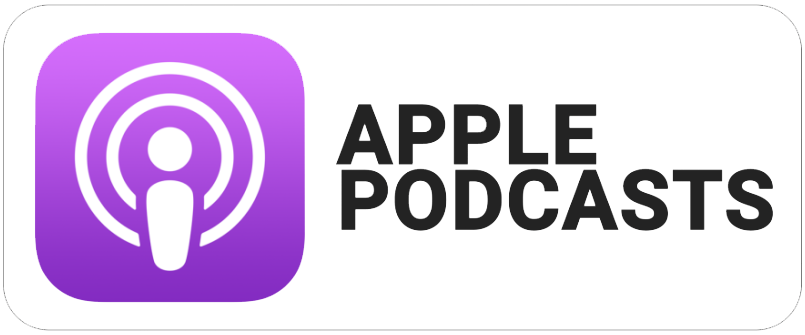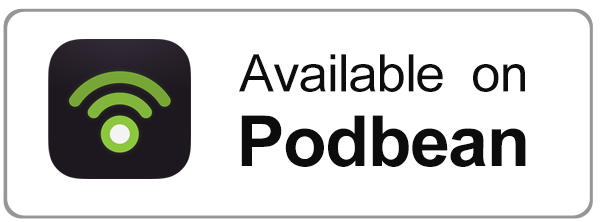Transcript
Hello listeners. We are excited to BLaST the Airwaves with you today and provide educational solutions for all. My name is Rebecca Gibboney and I am the Curriculum and Online Learning Specialist here at BLaST Intermediate Unit 17. I am thrilled to welcome you to this episode of BLaST the Airwaves. Today we start talking about teacher clarity. How can we increase clarity in distance learning? Specifically, we will be taking a look today at standards and creating a flow that makes sense for you and your students. So, let’s start blasting the airwaves.
Let me ask you something. When you are planning units and lessons are you viewing assignments like a checklist for students to complete or are you really asking yourself, what is the purpose behind this assignment? It is a question regarding quantity versus quality. We tend to feel like the more we have our students doing (let’s say if they are in a remote learning experience or even in person), the more they are doing, the more they are learning; and, that is not always the case. It can be that deeper dive into one assignment that brings the quality to life for you and your students and it can be what hooks them. One simple assignment.
Because let me ask you this now: do your students see your class as a list of things to do or do your students actually know what they are supposed to be learning? There is a huge difference. A huge difference. Because if your students see each task as an opportunity to learn and they actually know what they are expected to learn, they are more likely to learn it. They are more likely to dive deeper and understand their learning with purpose and relevance.
It’s called teacher clarity and it goes beyond learning intentions. Teacher clarity stretches to what Fendick defines as clarity of organization, clarity of explanation, of examples and guided practices, and of assessment of student learning.
Teacher clarity is an accelerator of students’ learning, as outlined by John Hattie with an effect size of 0.75. It is the realization that a student, any student, in your classroom, could answer: What he or she is learning today, why he or she is learning it and how he or is will know that they have learned the material.
Can they do that right now if I walked into your classroom? Could they do it if I called them up on the phone? Do me a favor and ask your students those three questions.
What are you learning today?
Why are you learning it?
How will you know that you learned it?Ask them. Be explicit. Because often we are not explicit enough. These three questions are a great way to assess your own teacher clarity. And if they don’t give you what you were hoping to hear, tune in more. Because for this module we are going to be focusing on organization. Organization of units, of lessons, of success criteria, of relevance. Tune in today, next week, and for more episodes to come.
We all know standards; and whether we like them or not, they are the “official” curriculum. We all work deeply with standards, some more than we like to admit. We analyze them each year and sometimes we take the plunge and reanalyze them every single year. When was the last time you took that deep dive? Is it time to start thinking a little more about the what and how of your teaching?
Think about it this way. Take a standard and mark it up. Mark up the nouns (or noun phrases) in the standard. Highlight them yellow (or whatever color you prefer). These are the concepts. Your nouns are your concepts that you are expected to teach. Now, take a different color and highlight all the verbs (or verb phrases). These are the skills your students should master. Take a step back and put down the highlighters. What concepts and skills are highlighted in front of you? What kind of thinking will need to take place in your classroom by your students in order to be successful? Now choose another standard and another and another until you’ve exhausted the list. And repeat each process.
Is there a trend? Do some skills and concepts reap more emphasis than others? What does that skill look like in your content area compared to another content area? These questions are crucial because without these conversations we might be having two totally different conversations about understanding the ways in which skills are taught and assessed…which could lead to even more equity gaps. (p. 84)
Remember, now more than ever, you may need to dive a little deeper into the previous grade standards. Check for the learning gaps. But, once you establish concepts and skills, you can start to develop your lesson flow or the learning progressions. As you start to think about how you want units and lessons to flow, keep in mind that if you are teaching in a remote setting engagement can always be tricky. With that being said, Fisher, Frey and Hattie emphasize that a unit, just a unit, should only run on average two to four weeks and we must keep in mind the key principal of the Universal Design for Learning: plan for learning needs of students with disabilities in advance, rather than reacting to them later. (p. 85) Have a plan before going into it.
Friends, it is never too late to go back and think. Think about your lesson flow. Think about the skills your students need to master. Think about the concepts you should cover. Organize yourself and, in return, your students will reap the benefit. Think about the why. Think about the how. Think about the what.
Because before you students can answer the three key questions, you, you, the teacher, must first be able to respond with clarity yourself:
What are you teaching today?
Why are you teaching it?
How will you know that you (and your students) are successful?Don’t let your teaching, your art, become a checklist. Make it meaningful. Make it relevant. Make it matter.
We would like to thank you for blasting the airwaves with us today. If you like the show, please subscribe or leave a review. If you want to know more. Check out www.iu seventeen.org for further resources and show notes. As always, we want to thank you for what you do every single day. Remember, keep shining. We’ll be back next episodes to provide you another educational solution for all as we continue to transform lives and communities through educational services.
Additional/Suggested resources mentioned in the episode:
The Distance Learning Playbook by Douglas Fisher, Nancy Frey, and John Hattie
BLaST Intermediate Unit 17 – www.iu17.org
Professional Learning Opportunities at BLaST IU 17 – https://www.iu17.org/professional-learning/



